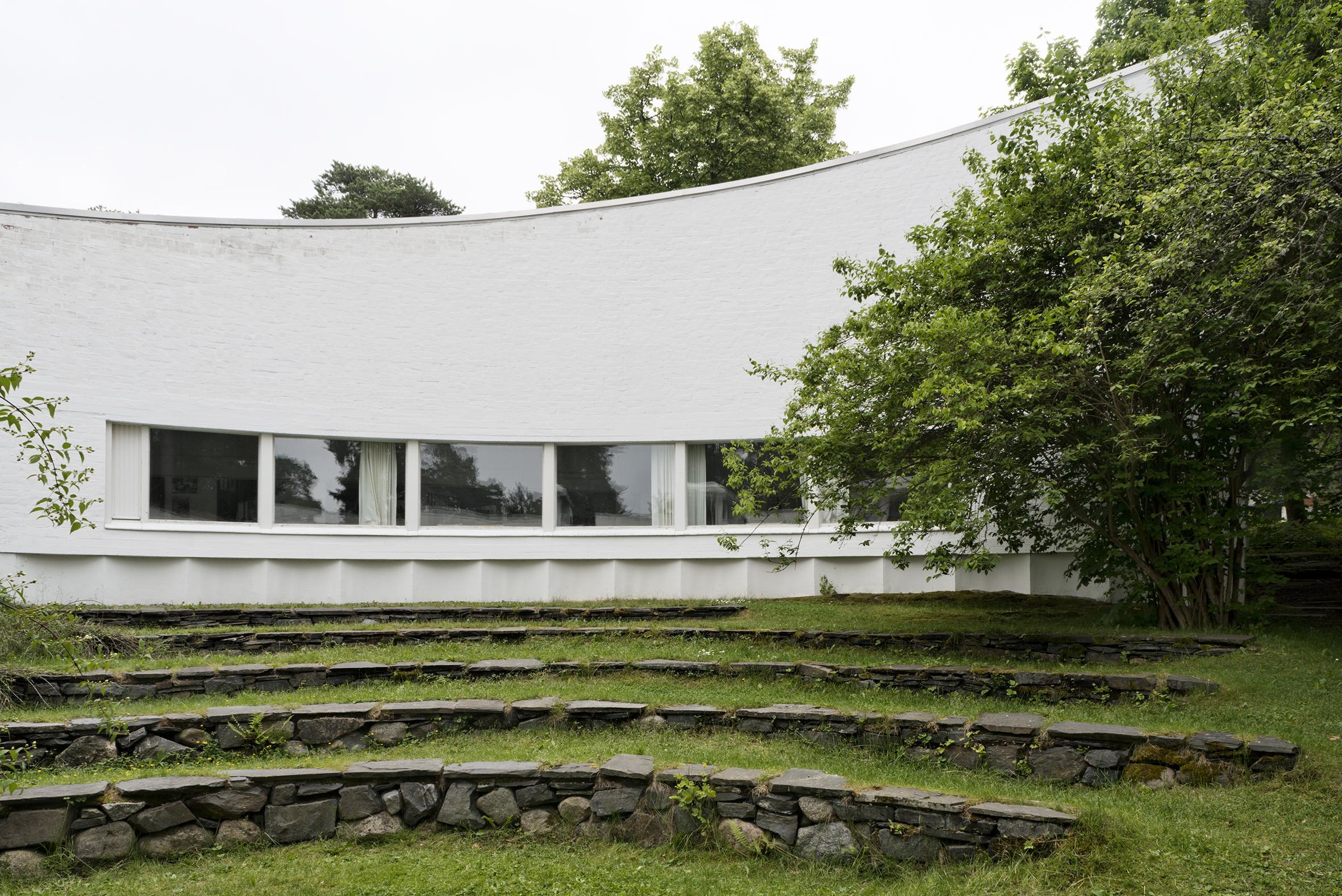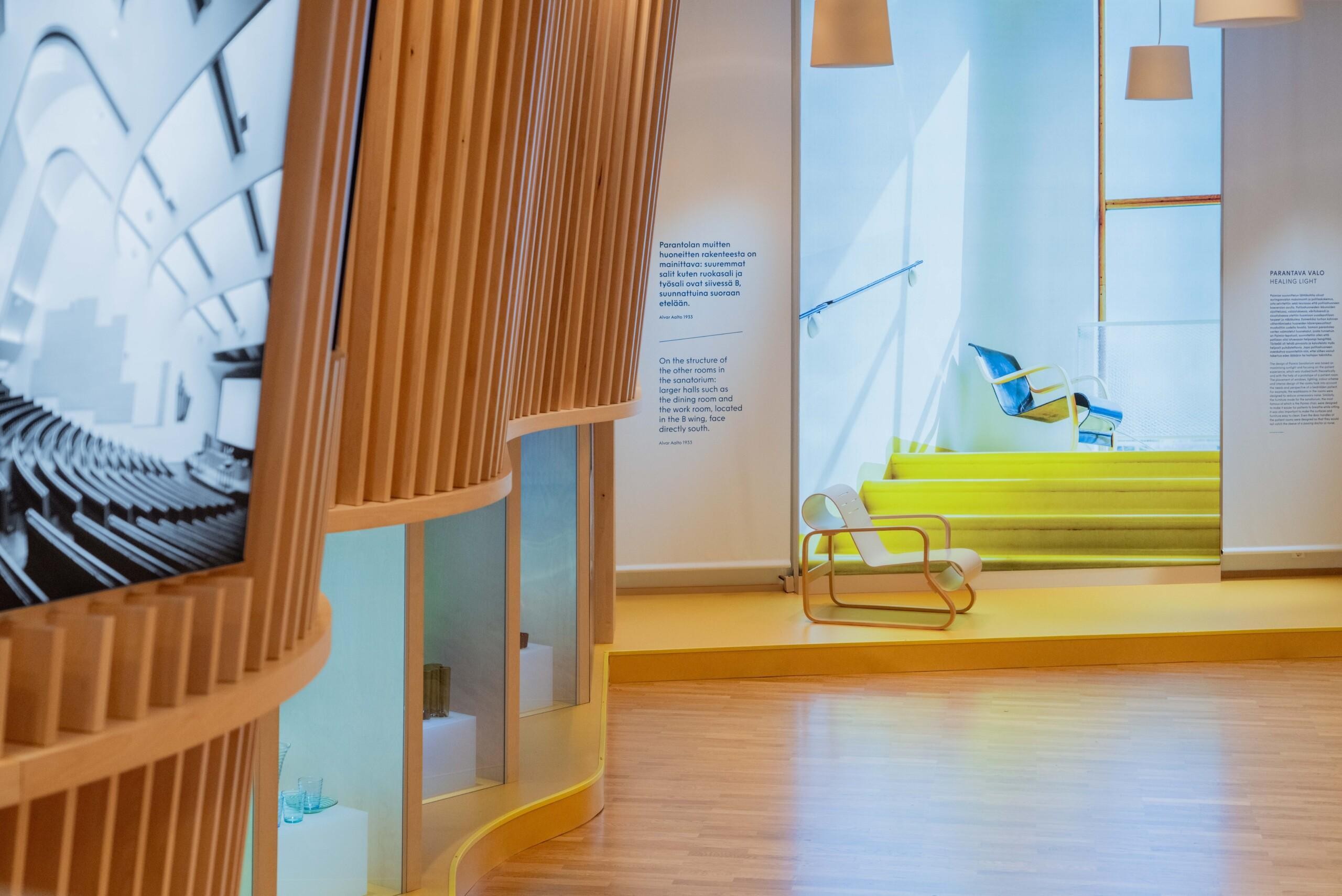
Finlandia Hall’s permanent exhibition takes visitors on an inspiring journey to the sources of creativity of Alvar, Aino, and Elissa Aalto, as well as to the essence of Finnishness. The narrative-driven exhibition tells an unprecedented story about creativity, Finnish identity, and humanity through the lives and works of the Aaltos, significant events in Finnish history, and the relationship with Finnish nature and forests. The overall experience will provide new perspectives on the Aaltos’ achievements and their impact on Finnish architecture, design, and international networks.
The Finlandia Exhibition brings the Aalto legacy to life as a multi-sensory experience, where light, nature, purpose, and human relationships come together. Spaces that previously served as rehearsal rooms for symphony orchestras now invite you to experience their harmony. Sit down to admire and immerse yourself in the stories that intertwine with the creation of the Finlandia Hall and the building of Finnish identity along the way. The exhibition invites you to sense, linger, and participate.
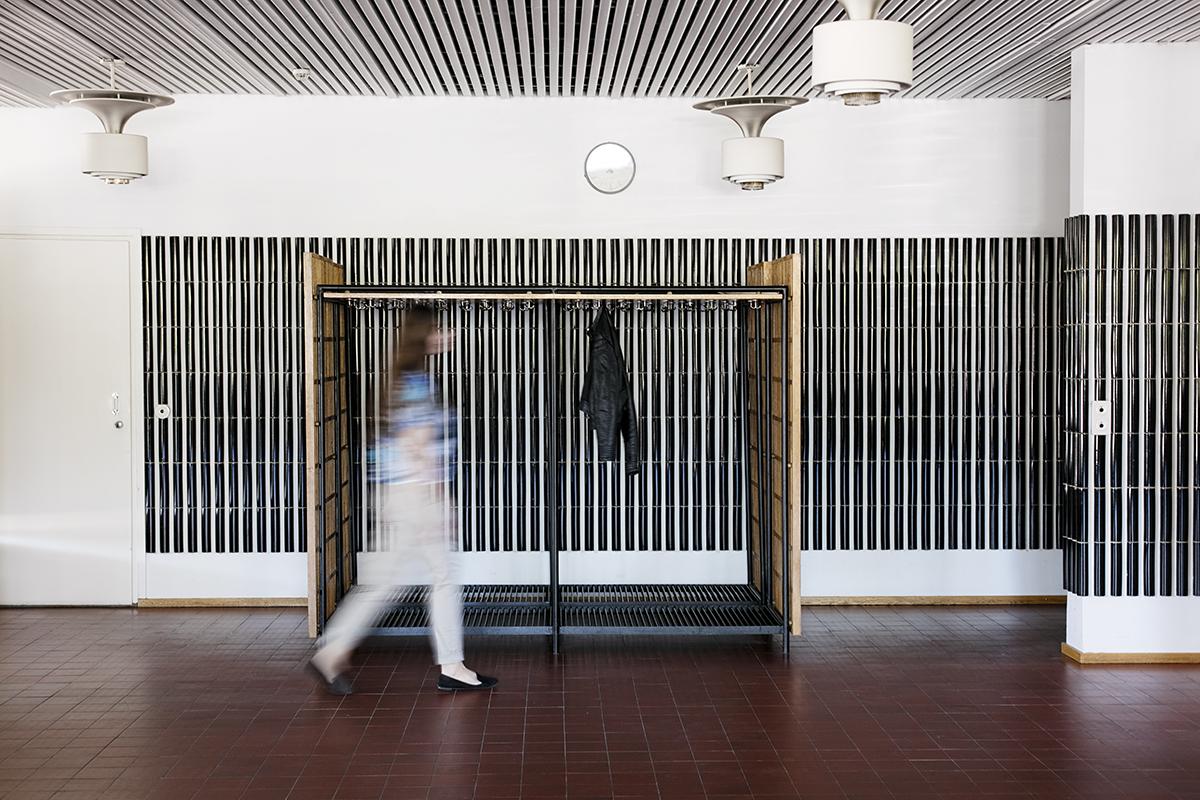
Grasp the essence of Alvar Aalto’s architectural philosophy in Seinäjoki and Alajärvi.
Here, Aalto’s Civic Centre stands as a symphony of modernist style, where architectural melodies play in perfect harmony with the rhythm of community life. Discover buildings that transcend aesthetics, shaping the very spirit of public spaces. From the embracing arms of the town hall to the spiritual sanctum of the church, each structure pays homage to Aalto’s belief in architecture as a transformative force, reshaping our collective experience of community in space.
Tour in brief: In a day and a half, this tour explores Seinäjoki’s Aalto Centre, an architectural ensemble that’s within easy reach from the train station. Engage in a guided tour that inspires with its beauty and historical significance, creating a unique blend of cultural experience and modern architectural wonder.
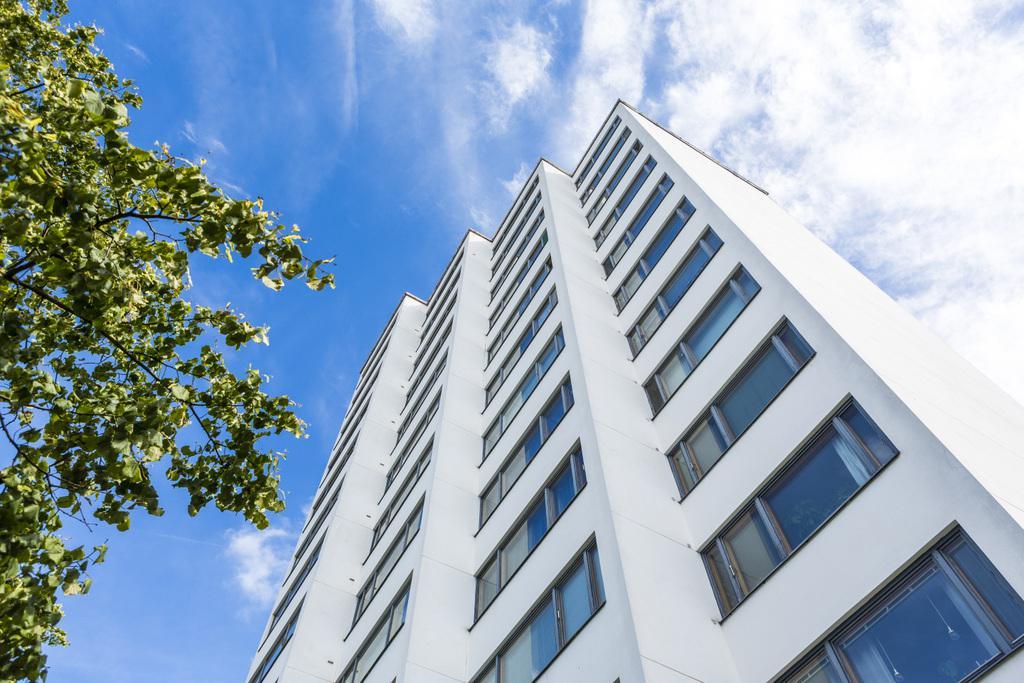
Duration: 2 hours
Length: 6,8 km
In total, there are nearly 30 buildings designed by Alvar Aalto in the Jyväskylä region – ranging from his earliest work to designs made during his final stages. These include both private properties and public buildings, such as the Jyväskylä City Theatre, the University campus and AaltoAlvari Aquatic Centre. Alvar Aalto bicycle tour lets you see the center of Jyväskylä, while showing off the architecture of Alvar Aalto in different city districts.
Currently, Jyväskylä is known as a city of sports, and the region offers varied bicycle and hiking trails for people of all skill levels. What better way to see the works of the renowned architect than a bicycle tour? The beautiful lake landscape colors the hilly terrain, and the region offers a number of bicycle and hiking trails popular among the locals.
Our Alvar Aalto bicycle tour lets you see the center of Jyväskylä, while showing off the architecture of Alvar Aalto in different city districts. The bicycle tour starts at the Aalto2 -museum center (number 1 on the map), continuing to the center of Jyväskylä and towards the lake landscapes of Taulumäki and Viitaniemi. The tour then returns to the city center, visiting the University of Jyväskylä, one of the most architecturally interesting campus areas in Finland.
Route description
- Aalto2 Museum Centre
Alvar Aallon katu 7, 40600 Jyväskylä
- Casa Laurén 1925–1928
Vapaudenkatu 12, 40100 Jyväskylä
- Jyväskylä Administrative and Cultural centre 1964–1982
Vapaudenkatu-Kilpisenkatu-Hannikaisenkatu-Gummeruksenkatu, 40100 Jyväskylä
- Defence Corps Building 1926–1929
Kilpisenkatu 8, 40100 Jyväskylä
- Nikolainkulma
Vapaudenkatu 53, 40100 Jyväskylä
- Workers’ Club 1924–1925
Väinönkatu 7, 40100 Jyväskylä (At the intersection of Väinönkatu and Kauppakatu)
- Renovation of Nuora House 1923–1924
Hongikontie 9, 40200 Jyväskylä
- Viitatorni 1957–1962
Viitaniementie 16, 40720 Jyväskylä
- Aira House 1924–1926
Tapionkatu 2, 40100 Jyväskylä
- Jyväskylä University Seminaarinmäki Campus 1951–1971
Seminaarinkatu 15, 40100 Jyväskylä
- Villa Karpio 1923
Lehtisenkuja 1, 40600 Jyväskylä
Route on Google Maps
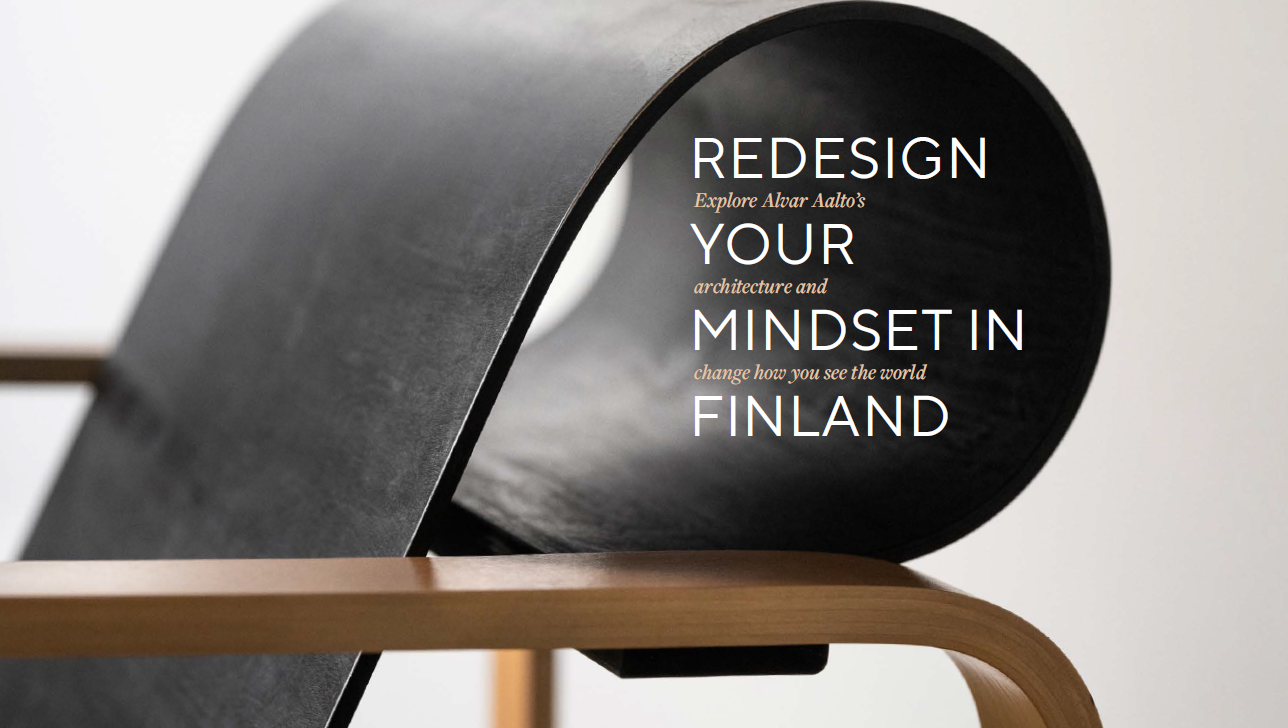
Welcome to the Alvar Aalto Route – a journey where the magic of architecture and design comes alive, inviting you to see the world through a redesigned lens. Alvar Aalto (1898–1976), the visionary of modern architecture, shaped spaces with a profoundly human approach. His creations are more than buildings; they are experiences that resonate with the soul. Scattered across Finland and beyond, they serve as gateways to a reimagined world.
In 2021, this extraordinary route was honoured with the prestigious certification as a Cultural Route of the Council of Europe, affirming its role in the rich tapestry of European heritage. The Alvar Aalto Route offers more than a journey through architectural masterpieces—it extends a warm invitation to immerse yourself in a space where design, nature, and the human spirit converge in harmony.
This catalogue is your guide to a curated collection of Aalto experiences. Each package is a thoughtfully designed adventure into Alvar Aalto’s world, seamlessly blending his iconic architecture with the unique flavours of local life. From serene Finnish landscapes to vibrant European Aalto destinations, these journeys offer something for everyone. Whether you’re a first-time visitor or a devoted admirer of Aalto’s work, we warmly welcome you—and continually seek new partners to enrich the experience.
Step into spaces that defy the ordinary, where every curve, every material, and every detail tells a story that redefines how you perceive the world around you. This is the essence of the Alvar Aalto Route: an invitation to rediscover beauty, functionality, and the interconnectedness of life through the lens of one of modern architecture’s greatest minds.
Let us help you navigate this adventure and uncover how Aalto’s vision can transform not just physical spaces but also the way you view the world itself.
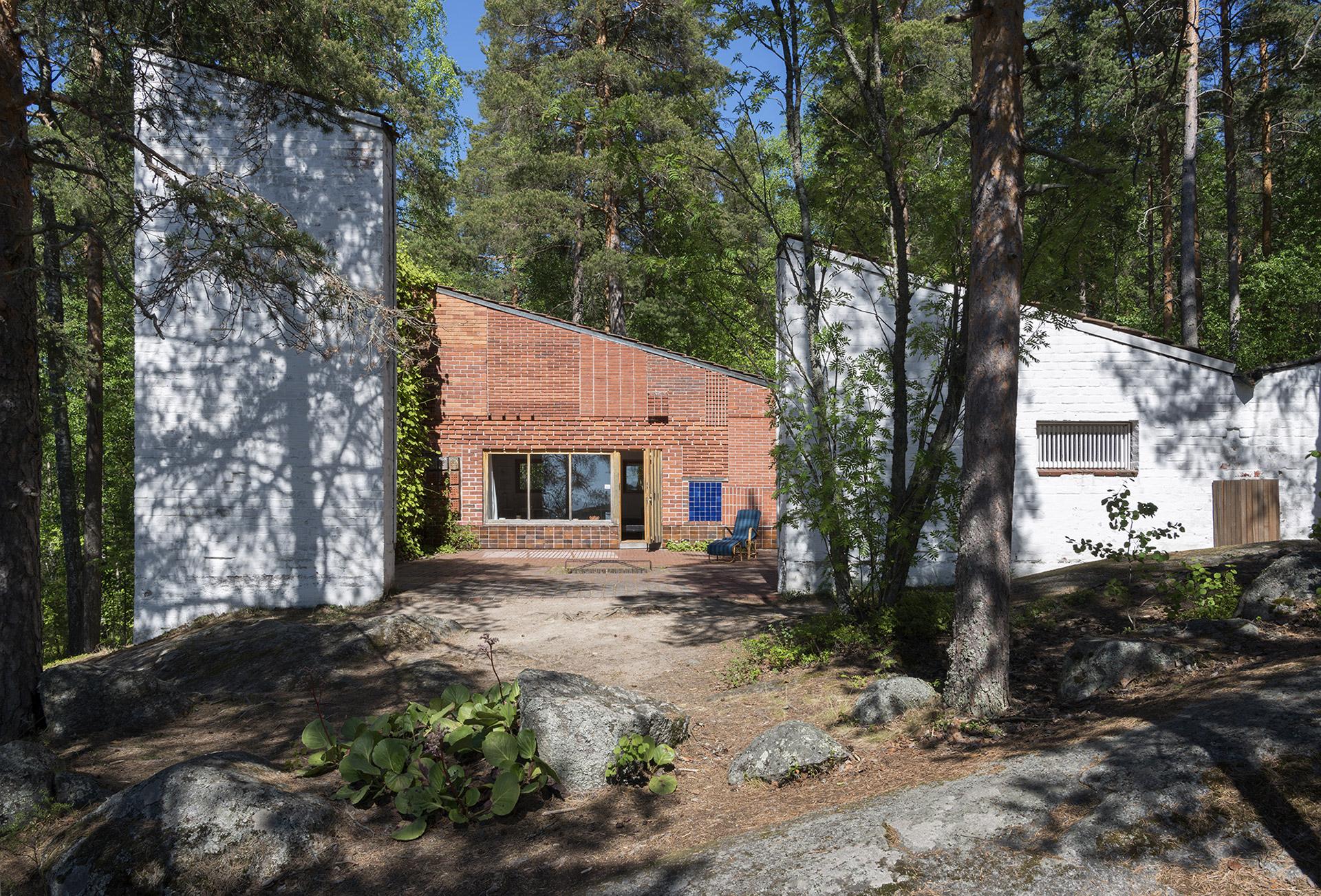
Embark on a country-spanning odyssey to discover the heart and soul of Alvar Aalto’s architectural legacy. Begin in Turku, where Aalto’s modernistic early works stand as monuments to his evolving style. Find yourself in Helsinki, where the iconic Finlandia Hall and the Academic Bookstore exemplify his philosophy of form following function. In Jyväskylä, the Aalto2 Museum awaits, a space where Aalto’s genius blurs the lines between practicality and artistry.
Journey to Säynätsalo to admire the Town Hall, a beacon of community and design, and explore the Muuratsalo Experimental House, a canvas of Aalto’s daring creativity. Venture to Kauttua Ironworks in Southwest Finland, a magnificent home to six Aalto structures, including the Terraced house and riverside sauna. Finish up at Villa Mairea, a residential marvel that harmonises with the natural world. This tour is a true tribute to Aalto’s vision, a chance to see the built environment through his transformative lens.
This five-day tour commences in Turku with Aalto’s first modernist works and progresses throug Helsinki’s iconic landmarks, such as the Finlandia Hall and the Academic Bookstore. The tour then ventures to the historically rich Kauttua Ironworks, followed by visits to Säynätsalo Town Hall and the Muuratsalo Experimental House. The excursion concludes with a tranquil stay at Villa Mairea, a serene
architectural haven.
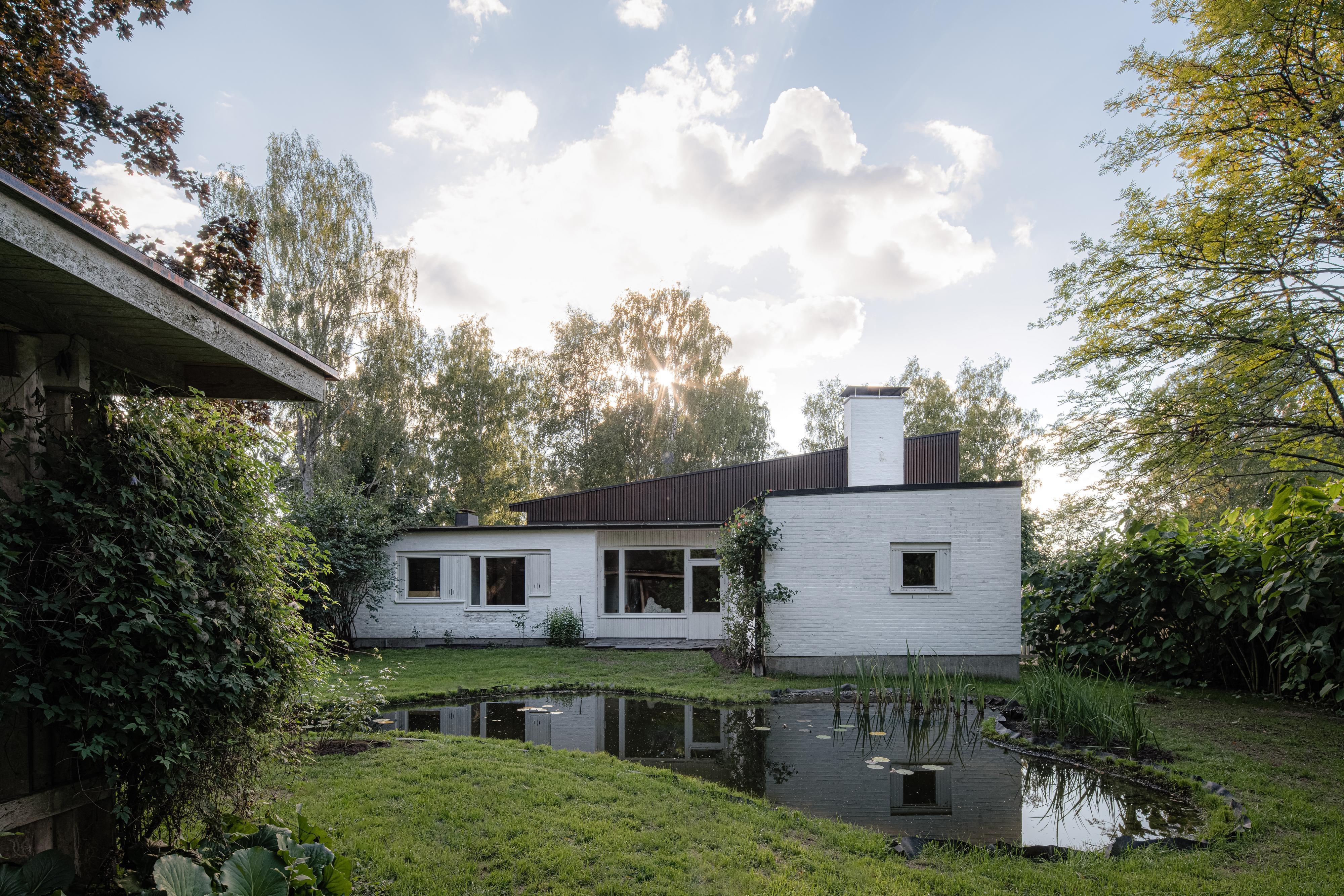
Retreat to the picturesque Raseborg, where architecture and artisanry coalesce with the splendour of nature.
Begin your escape in the coastal charm of Ekenäs, witnessing Alvar Aalto’s smallscale architectural wonders like Villa Skeppet. Then, journey to the historic Fiskars Village, a cradle of Finnish art and design. Here, amidst the legacy of ironworks, discover the vibrancy of local craft, and let each boutique and
workshop unveil a story of tradition and innovation. This retreat is an invitation to experience the integration of creativity and natural beauty.
Tour in brief: Redesign your retreat with Raseborg’s unique blend of Alvar Aalto’s architecture, local art, and crafts. Day one immerses you in Ekenäs’ architectural treasures like Villa Skeppet, Chappe and local culinary delights. Day two invites you to the artistic Fiskars Village, a historic ironworks site now bustling with workshops and boutiques.
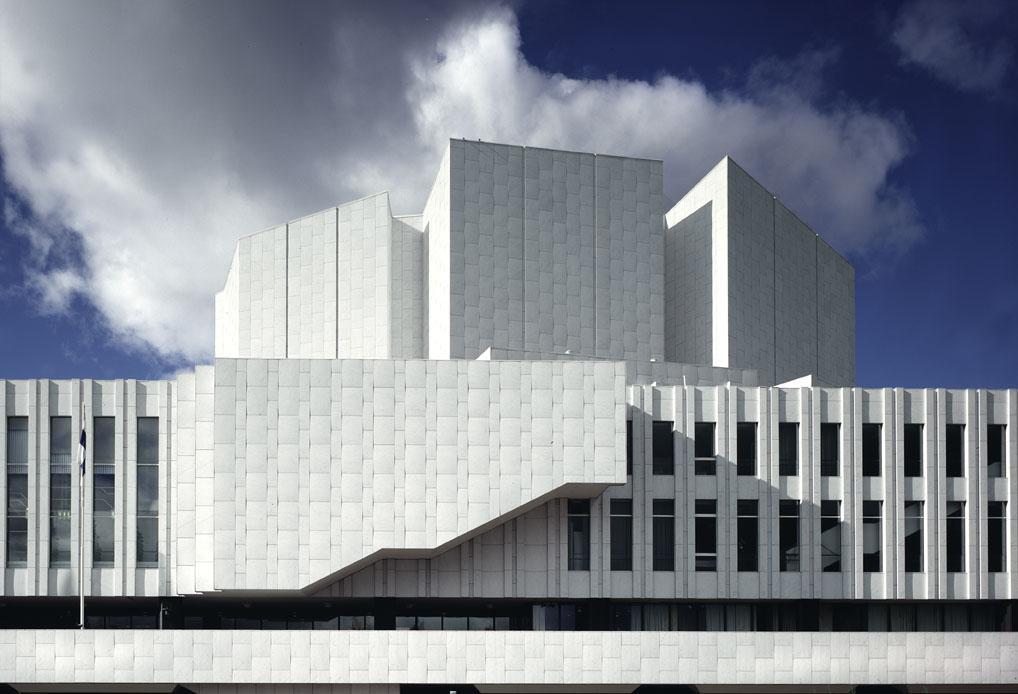
Embark on a journey that weaves through Alvar Aalto’s architectural imagination, stretching across Finland to the cultural heart of Rovaniemi and the historic charm of Turku.
This tour unveils a world where concrete, glass, and nature blend into a seamless, beautiful continuum. Marvel at the bold modernism of Helsinki’s Finlandia Hall, and experience the tranquillity of Säynätsalo Town Hall, a gem nestled in Lakeland. In Rovaniemi, bear witness to the administrative and cultural prowess of the Aalto Centre, including Rovaniemi City Hall, the City Library, and Lappia House. Further south, explore Turku to discover Alvar and Aino Aalto’s early modern buildings, pioneering a new architectural era.
As you drift from the urban vibrancy of the capital to serene lakesides and historic cityscapes, let Aalto’s vision inspire a new understanding of harmony between built environments and nature.
Tour in brief: A nine-day journey encompassing the architectural marvels of Alvar Aalto in Finland’s key cities. This package offers a comprehensive experience including accommodations, select meals,
entrance fees to notable attractions, and insightful guided tours. Free time is allocated for personal exploration and shopping, promising a full immersion into Aalto’s world.
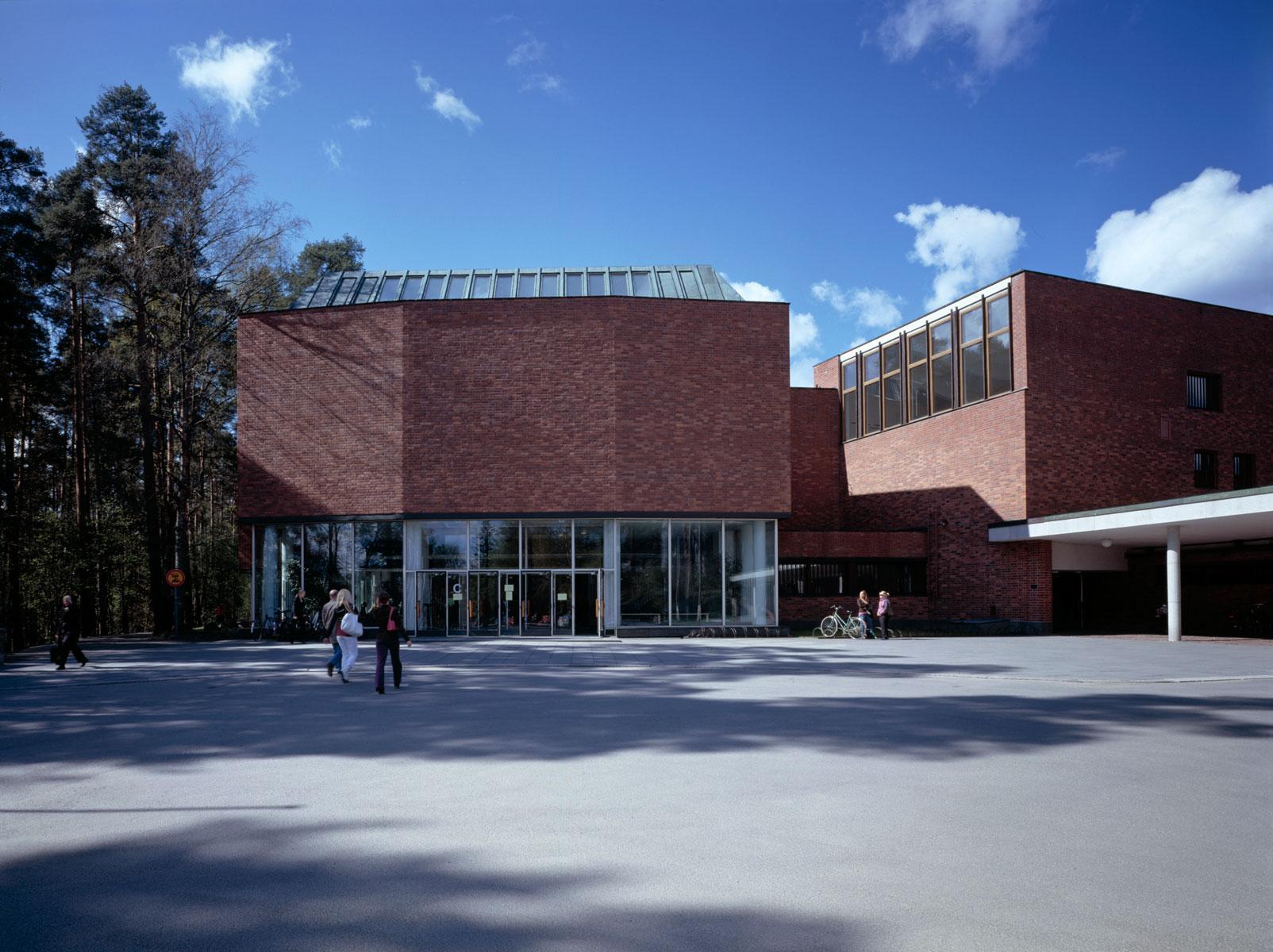
This experience is an intimate exploration of Aalto’s structural poetry: the University of Jyväskylä Campus, a testament to his genius. The serene Säynätsalo Town Hall. Then add the architectural allure of the Jyväskylä City Theatre, a stage for cultural narratives, and the spiritual resonance of Muurame Church.
Each visit isn’t to a site but to a story—a narrative shaped by Aalto’s dedication to innovation and elegance. Dive into the depths of architectural marvels and discover spaces that redefine the essence of form and function.
Discover Aalto’s diverse architectural phases in a three-day tour of the Jyväskylä region. From the early classicism to functionalism and from renowned Säynätsalo Town Hall’s architecture in brick to the Jyväskylä City Theatre’s monumentalism, this tour blends Aalto’s heritage with the Petäjävesi Old
Church’s heritage and the natural beauty of Lakeland, complemented by local hospitality.
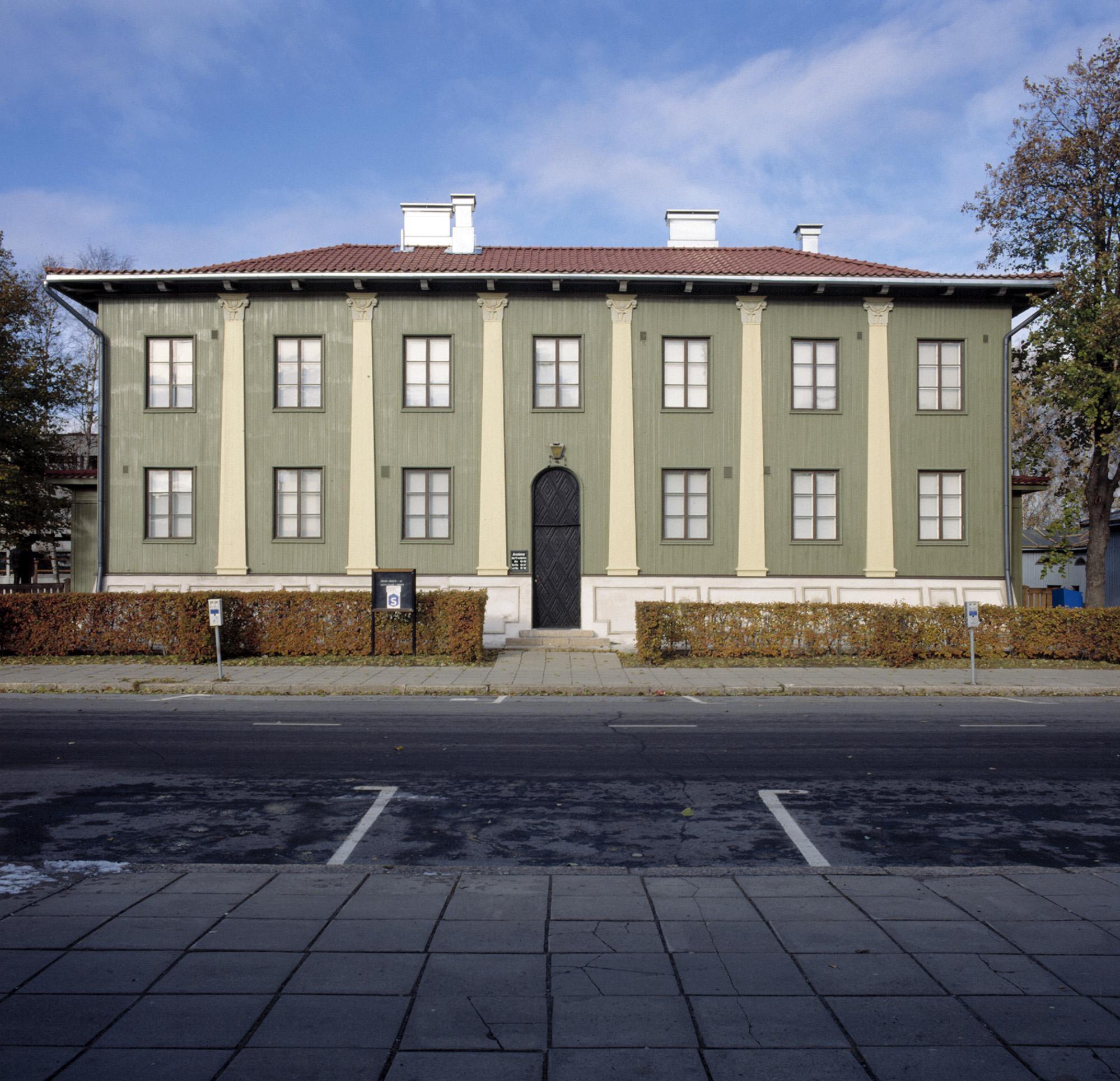
The Defence Corps building was commissioned by the Southern Ostrobothnia Defence Corps, which used the three-storey building with mixed functions as its headquarters. The main building was originally used as offices for the Civil Guard of South Ostrobothnia and the Lotta Svärd Association. The top tier of the building was in residential use.
The semi-subterranean ground floor, which contains a circular assembly hall, foyer and cloakroom, is built of stone; the office level and the residential storey (at the top with its own access stairs) are of wood. Together with the main building, a separate outbuilding was designed and erected on the other side of the courtyard. The ground floor of this two-storey building of rendered brick contains a garage, guardhouse, arms depot, sauna, and laundry; there are four small apartments in the upper storey. An unusual stair arrangement on both sides of the arched entrance provides separate access to most of the various facilities. One of the short sides of the courtyard is enclosed by a low wooden storehouse, designed some years later. The courtyard itself was intended as a drill and parade ground.
After the Second World War the building was re purposed for other uses. Since then many tenants have been operating in the building, including The Federation of Finnish youth association, a school and a travel agency. Nowadays the building is managed by the Provincial Museum of Southern Ostrobothnia. Currently it houses the Civil Guard and Lotta Svärd Museum. The main building holds museum exhibition and meeting spaces, an info booth and museum shop. The outbuilding has more exhibition spaces and a administration space for the museum.
The Defence Corps building has been preserved in its original condition and it’s buildings and their yard have also been protected under the law regarding building protection since 2002.
The building represents refined neoclassicism and functionalist features as well as Ostrobothnian construction heritage. The building’s unusual stair hall, facade pilasters, and assembly hall painted in Pompeiian style make it one of the chief works of Alvar Aalto’s Neo-Classical period. Some part of the decorations in the buildings, including furniture, lamps and ornament details were also designed by Aalto.
Aalto originally designed a loggia-like staircase for the end entrance, but it was not built.
The Suojeluskuntalainen statue, work by artist Pentti Papinaho is located in the yard of The Defence Corps building.
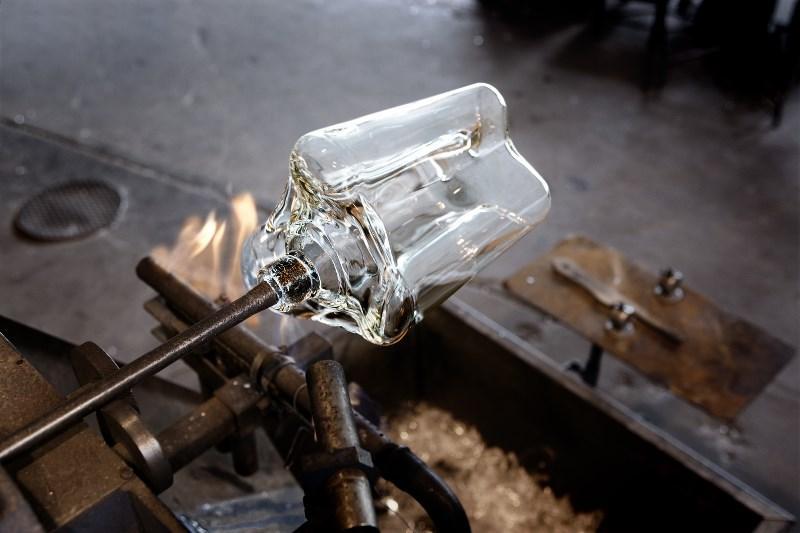
Finnish design is known for glass. Iittala is home to a Finnish glass center, the only glass factory in operation in Finland. Iittala’s story began in 1881, when a glass factory was founded in the village. Today, Iittala’s design story is known worldwide.
The names of Alvar and Aino Aalto have been connected to Iittala since the beginning. Alvar Aalto wanted to ‘free’ glass from geometric form and create an impression of organic, living forms. Aino and Alvar Aalto believed objects should be essential, beautiful, useful and democratically available to all. Today, the legendary Aalto vase is a symbol of Finnish design and one of the world’s most famous glass objects. Each vase is mouthblown at the Iittala Glass Factory.
The Iittala Glass Factory offers a unique opportunity to see how skilled glassblowers create Aalto vases, art objects and common utility articles from molten glass. The demanding work of the glassblowers can be followed either independently at a viewing balcony or with a pre-booked tour guide.
In Design Museum Iittala, located in a cultural-historical area of the Iittala glass factory, the visitor has an opportunity to explore the history of the factory. The largest of the exhibitions is the basic exhibition that presents the glass history of Iittala, and displays internationally acclaimed art glass and prominent serial design products from the late 19th to the 21st century. The exhibition focuses on the Aalto vase and on the golden age, the 1905s, of Finnish design.
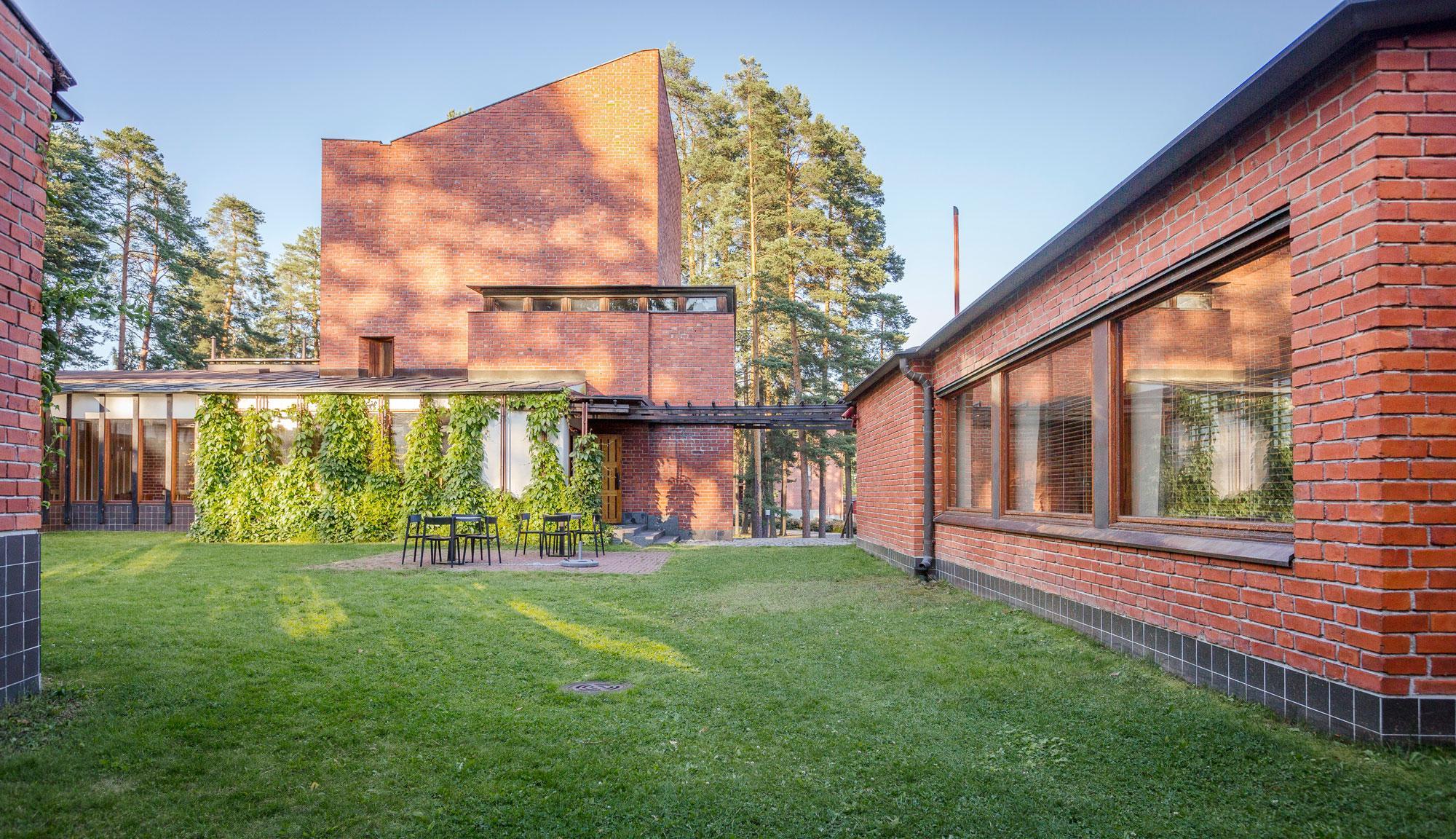
Travel in the sceneries from the various phases in the life of Alvar Aalto, from Seinäjoki via Kuortane and Alajärvi to Jyväskylä in the lake district of Finland. See the master’s birthplace and family grave, some of his most famous competition works as well as his early and later works.
Alvar Aalto designed a world-famous centre of administrative and cultural buildings in Seinäjoki. The landmark of the Aalto centre, the Cross of the Plains Church, soars to a height of approx. 65 metres. The renovated Aalto Library exhibits the world’s biggest private collection of Aalto glassware.
The architect was born in Kuortane and he used to spend his summers in Alajärvi, which is the home for the first buildings designed by the young architect student and for the last creation of Aalto’s office. In Alajärvi, the tour participants can also visit the recently renovated Villa Väinölä, the house that Alvar Aalto designed for his brother. The countryside provided Alvar Aalto with a setting for relaxation during his hectic creative period.
The Jyväskylä region contains more buildings designed by the master architect than any other region in the entire world. Among as many as 28 attractions, you can choose for example the Alvar Aalto Museum, Muurame Church and Säynätsalo Town Hall, which is considered Aalto’s most prominent work in the red brick era. Alvar Aalto also went to school, started a family and launched his prestigious career in Jyväskylä.








